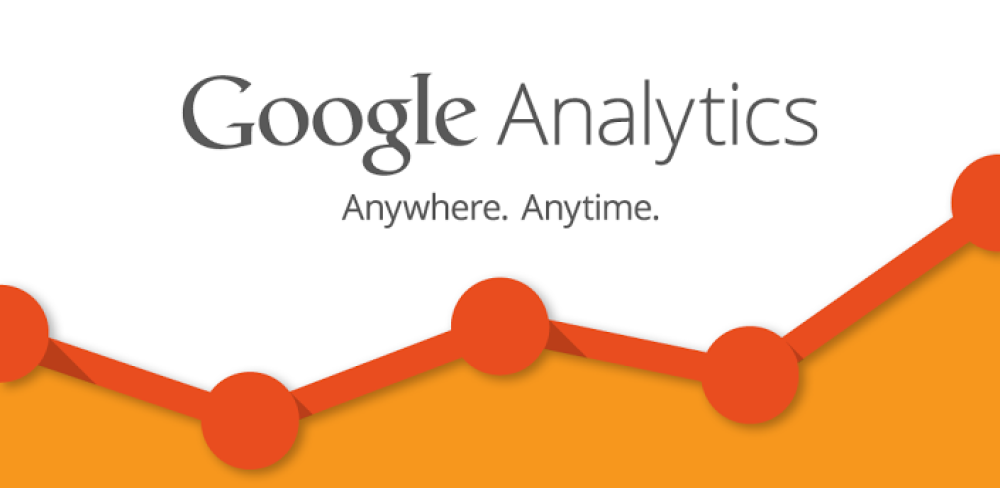Remarketing with Google Analytics â The New Order
18 Dec 2015

AdWords led Google’s charge on remarketing back in 2010 and offers a valuable, yet simplistic method of creating remarketing audiences, based on the page or pages a user visited over a chosen time period (if desired). DoubleClick also brings remarketing to the programmatic side of things but offers a slightly different take using Floodlight pixels, which are triggered by the user depending on their activity on site. Typically these are conversions or pageviews but Floodlight tags can also be set up to fire with GA events using Google Tag Manager.
Be still my analytical heart
If you’ve ever built a segment in Google Analytics, you have an idea of the flexibility that remarketing with GA offers because, for all intents and purposes it’s the exact same thing. When it comes to creating audiences in GA, the sky’s the limit, except for a few actual tangible limitations (more on that in a future post). A default GA implementation will offer you a mountain of granularity for your audiences. Want to target users who arrived at your site via paid search and spent more than 3 minutes on site? You can with GA.
Are your audiences...eventful?
However, the more advanced your implementation, the more advanced your audiences become and this is where things get interesting. Starting small, if you have events set up in your implementation you can use these to target users. In Tom’s excellent comparison of remarketing and dating, he points out that the vast majority of users do not convert on their first visit. Naturally, you’d want to remarket to the users who showed a suitable level of engagement with the site. If you have videos embedded on your site, these are a great way of showing off your wares but also of gauging user engagement.
At Periscopix, we have a script to track YouTube video interactions which will send events to GA when a user starts a video, pauses a video, and when they reach certain points in the video (e.g. 25%, 50%, 75% & 100%). Using these events in GA we can build an audience of users we know are already interested and informed about your site and products. With this kind of audience, we wouldn’t really need to extoll the benefits of your product and its USPs, they already know them, so we can afford to be a little more direct in our messaging, perhaps focussing on the pricing and securing a purchase.
However, with this data we can also make the opposite audience, those who haven’t seen the video, who may need a little extra information and encouragement, so the messaging here would focus on the benefits of the product and how it could improve their lives. The events also send through the video title so if you just launched a new video for a particular product, you can target all users who’ve seen the video, or maybe even part of the video and not converted.
Ask the right questions
Even more advanced implementations may feature external tools or plugins that integrate with GA and feed in their own events and data that we can use in targeting users. Using survey tools is a good example of this as you can ask users exactly what they’re looking for on the site and even if they achieved it and later serve them ads based on this information.
Say you run an online toy shop, using surveys we could find out if users are buying primarily for themselves or if they’re buying gifts. With this data fed back into GA, we can delve deeper and figure out which group is more profitable, perhaps one group has a higher average order value or buy more frequently? After creating these audiences in GA, we can bid higher for the more profitable group and adjust messaging to appropriately target our gifters, casual toy lovers or hardcore collectors.
The best is yet to come
As with most things, the real power here is based on the analysis you perform and what can be learned from the data available to you. For example, you’ve noticed that new social traffic to your retail site tends to convert on the 3rd visit and that the purchase cycle is around 60 days. To maximise on this we can create two audiences, the first to secure that first purchase, specifying session count to be a user’s third session and source / medium to the social network of your choice. This would be accompanied with more general messaging, perhaps showing products the user has viewed if using dynamic remarketing. The second would be based on the number of days since last purchase and potentially the product purchased. This audience would be accompanied with messaging reminding the user they may be getting low, suggesting they stock up or to recommend related products.
Are you excited yet?! These are just a few applications of remarketing with GA and the first post in a series I’ll be running on remarketing, in which I’ll be discussing all manner of topics from setup and best practice to case studies on GA-made audiences to new features and more! See you all soon.
To view this blog written by Nick Roberts on Periscopix's website, please click here.

Please login to comment.
Comments